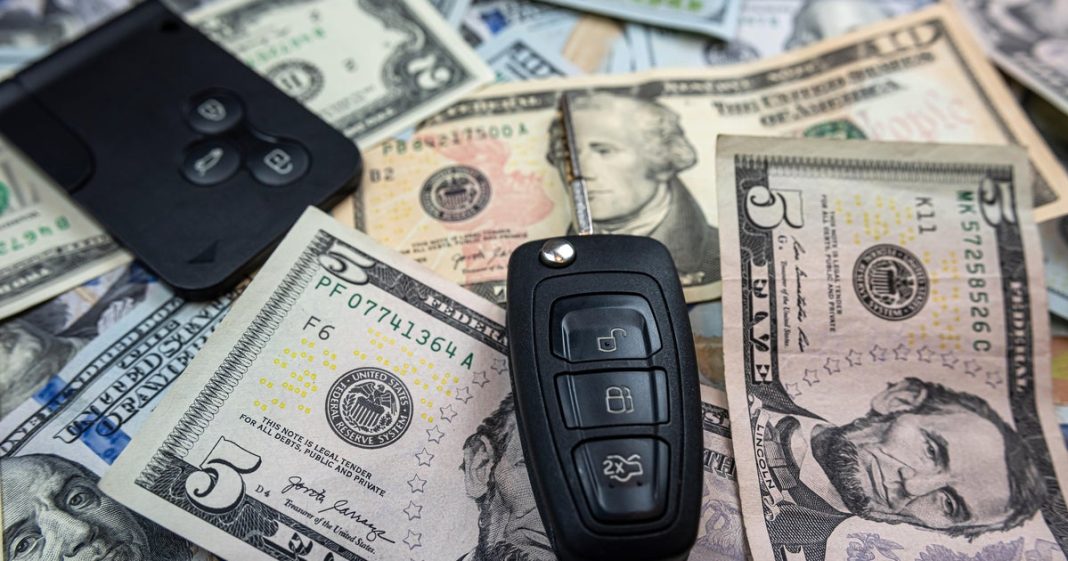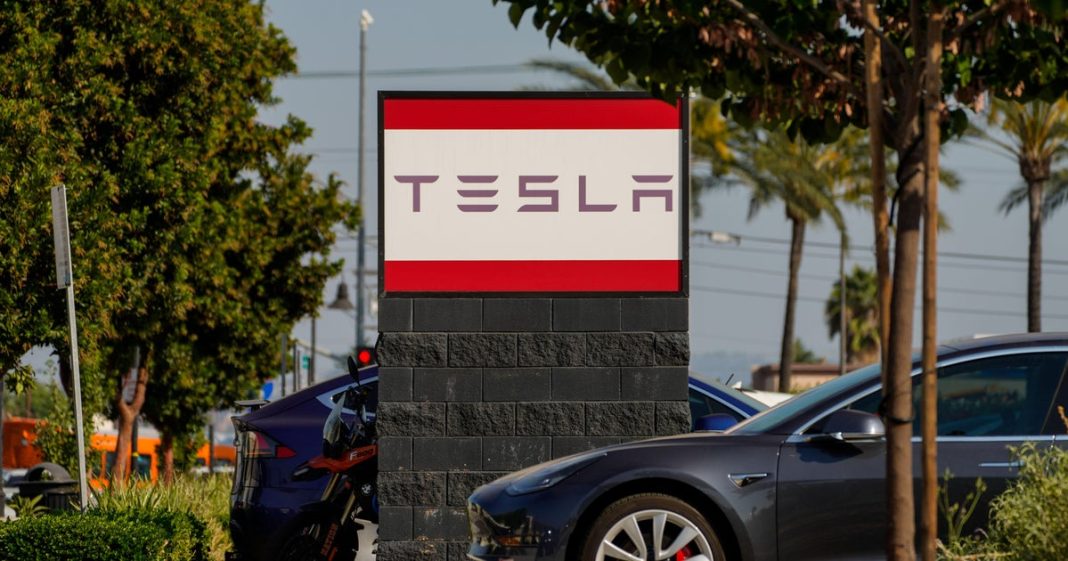Millions of car buyers in the U.S. could soon get some tax relief thanks to a provision in the so-called “big, beautiful bill” that was signed into law on July 4 by President Trump.
The idea of giving a tax break for auto purchasers was first floated by Mr. Trump while on the campaign trail in October, when he promised that such a measure would “make car ownership dramatically more affordable for millions and millions of working American families.”
That promise has now materialized as part of the One Big Beautiful Bill Act, with the new tax break taking effect for car purchases starting in 2025. But the deduction also has income limitations that narrow the number of Americans who can claim it, while used car buyers and vehicle leasers do not benefit.
Still, car buyers who have bought a new vehicle this year or are planning to do so in the next four years may get some tax relief when they file their 2025 tax returns. The deduction will expire in 2028, which means car buyers can only take advantage of the benefit for four tax years.
At the same time, the One Big Beautiful Act eliminates the federal tax credit for electric vehicles after Sept. 30. The tax break, which provides a $7,500 for new EVs and a $4,000 credit for used EVs, is credited with helping make electric vehicles more affordable for many buyers.
Here’s what to know.
How much is the new auto loan deduction?
The new tax cuts and spending law enables car buyers to deduct up to $10,000 in “qualified passenger vehicle loan interest during a given taxable year,” beginning with 2025 purchases.
While that’s similar to the mortgage interest deduction available to homeowners, there is one major difference: Car buyers will be able to itemize their auto loan interest even if they take the standard deduction. By comparison, the mortgage interest deduction is only available to taxpayers who itemize.
Which vehicles qualify for the deduction?
The tax break applies to the purchase of new cars, motorcycles, sport utility vehicles, minivans, vans and pickup trucks weighing less than 14,000 pounds (referred to as light vehicles). Used cars don’t qualify.
To qualify for the deduction, a vehicle also must be assembled in the U.S., which further limits the tax break.
The deduction also only applies to vehicles purchased for personal use, not for fleets or commercial purposes. And it excludes autos that are leased, which represent about one-quarter of all auto sales in the U.S., according to Experian.
What are the income limits for the auto loan deduction?
The full break can only be claimed by single taxpayers with a modified adjusted gross income (MAGI) of $100,000 or less or married couples with a MAGI of $200,000 or less.
Modified adjusted gross income is your adjusted gross income, which can be found on line 11 of your 1040 tax return, with some items like savings bond interest added back in, according to the IRS.
Under the new law, the auto loan deduction shrinks for people with MAGIs above those thresholds, with the amount reduced by $200 for each $1,000 in income above those levels. The deduction is completely phased out for single filers earning above $150,000 and married couples with incomes above $250,000.
How many Americans will qualify for the car loan deduction?
An estimated 3.5 million new vehicle loans could be eligible for the tax break this year if purchasing patterns stay the same and after excluding commercial vehicles and customers above the income cutoff, said Jonathan Smoke, chief economist at Cox Automotive.
About 60% of the 15.9 million new light vehicles sold last year were financed with auto loans, according to Cox data.
How much will the car loan deduction save on my taxes?
That depends on the size of your auto loan and whether you fall below the income thresholds for the new tax break, but the typical car buyer could save hundreds per year on their taxes.
The average new vehicle loan is about $44,000 financed over six years. Interest rates vary by customer, so the savings will, too. In general, the tax deduction will decline after the initial year because interest payments on loans are front-loaded, while principal payments grow on the back end.
Car buyers who qualify for an auto loan rate of about 6.5%, typically available to consumers with high credit scores, could deduct $3,000 in the first year of owning their car and about $1,800 per year after that for the remainder of the loan, according to the American Financial Services Association, a consumer credit industry trade group.
Deductions reduce a filer’s taxable income, which helps lower their tax burden. For instance, someone in the 22% tax bracket could save $660 on their taxes by claiming a $3,000 auto loan deduction.
At a 9.3% interest rate — typical of people with subprime credit scores — an average new vehicle buyer could save about $2,200 on taxes over four years, Smoke said.
contributed to this report.




